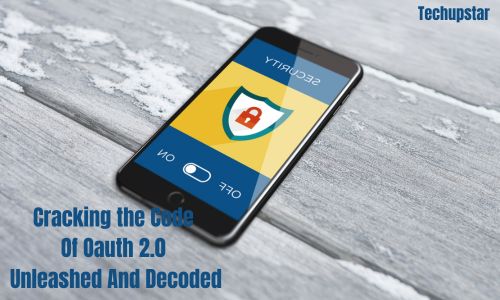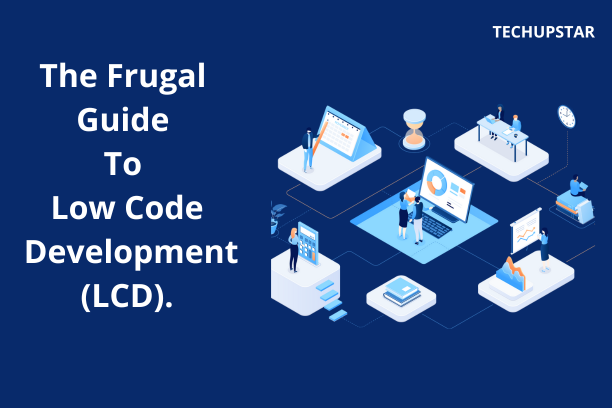In recent times, Dark mode standardization has become increasingly popular in various platforms and applications. Although the Dark mode standardization feature has been in existence for years, it is now a common feature in most application programs. And even though you’re someone who follows all the latest design trends or you’re just an app user, you must have probably tried dark mode or you’re using it already.
Due to its popularity, many developers have incorporated dark mode into their various applications. They do this either by following the design guidelines of other platforms or offering their own dark mode options. Consequently, most applications and platforms provide a similar user experience when using dark mode. This leads us to dark mode standardization.
In this post, we’ll discuss the meaning of dark mode standardization and how various applications and platforms have implemented their own versions of dark mode.
YOU CAN ALSO READ: HOW TO START A CAREER IN CYBER SECURITY WITH NO EXPERIENCE IN THE UK
What is Dark Mode Standardization?
Dark mode standardization refers, to the process of establishing consistent guidelines and specifications for implementing dark mode across different platforms, operating systems, and applications. Dark mode standardization involves defining a set of principles, design guidelines, and technical specifications that ensure a consistent and predictable user experience when using dark mode.
Dark mode standardization also refers to how various developers provide guidelines that will regulate user experience when using dark mode options in applications and platforms.
YOU CAN ALSO READ: THE ULTIMATE CHECKLIST FOR BLAZOR WEBASSEMBLY
Why Data Standardization Is Important.

Data standardization refers to the process of establishing and implementing consistent rules, formats, and structures for organizing, formatting, and representing data. It involves defining a set of guidelines and specifications to ensure uniformity and consistency in how data is captured, stored, and exchanged within an organization or across different systems, platforms, operating systems, or applications. Data standardization is used to bring uniformity, coherence, and consistency to disparate data sources.
Data Standardization is very important especially when you apply its principles in order to determine the guidelines and specifications for implementing dark mode.
Data standardization improves data integration across different systems. Standardizing data ensures that different systems, platforms, and applications can communicate and share data and information. Through data standardization, data coherence, uniformity, and organization can be achieved making it easier to exchange data.
In the same vein, application developers can find it easier to share information and guidelines on how to implement dark mode on their apps and platforms to improve user experience and ensure uniformity across all platforms and applications when making use of the dark mode option.
Also, data standardization helps maintain data accuracy and consistency across different platforms and systems. It establishes rules for data entry, formatting, and validation, ensuring that data is recorded consistently and accurately. This reduces the risk of errors, discrepancies, and duplication, leading to more reliable and trustworthy data. It is these same rules that are uniformly applied in order to develop guidelines for implementing dark mode in various applications and platforms. When there is a widely accepted set of principles and specifications on how to implement dark mode, the user experience will improve. Users feel better when the guidelines for using dark mode options are the same throughout all platforms and applications. Therefore, setting a universal rule for implementing dark mode through data standardization is important.
YOU CAN ALSO READ : THE EXPERT’S GUIDE TO TARGETED RANSOMWARE ATTACKS
What is Dark Mode Setting?ol
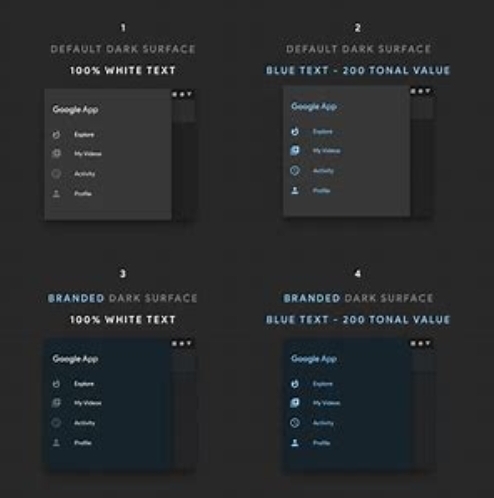
Dark mode standardization settings refer to the configuration options and preferences that allow users to customize and control the behavior and appearance of a dark mode on their devices or applications. These settings can vary depending on the platform, operating system, or application in question. The various dark mode settings which may be available to users include dark mode toggle, scheduled activation, dark mode customization options, app-specific options, and accessibility options. These are general examples of dark mode settings. However, the specific options may vary between systems, applications, and platforms. That is why dark mode standardization is important. It is however recommended to refer to the documentation or settings menu of the specific platform or application you’re interested in to explore the available dark mode settings and customization options.
When To Standardize Data.
It is important to discern when data should be standardized. This way, coherence and uniformity of data from varying platforms and applications can be ensured. Data is usually standardized during the initial stages of a data management initiative or when integrating data from various sources. Some of the common scenerios where data should be standardized include data integration, data migration, data storage, data governance, data analysis and reporting, regulatory compliance, etc.
Data standardization is very essential and understanding when it is required in order to adapt to the changing needs of the users, business needs, and evolving data technologies is equally important.
When To Standardize Variables.
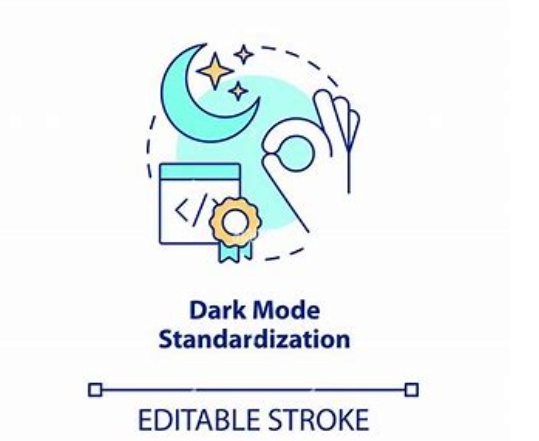
Standardizing variables is a common practice in data analysis and modeling, specifically when dealing with numerical variables. As much as standardizing variables is very important, it is not required in all situations. There may be cases where maintaining the original scale of the variables is important for the interpretation or analysis. The decision to standardize variables should be based on the specific context, objectives, and requirements of the analysis or modeling task at hand. However, there are general cases where standardizing variables is required. They include : feature scaling, comparing variables, multivariate analysis, day visualization, outlier detection, etc.
Data Normalization and Standardization
Although these concepts are related in certain respects, data normalization and standardization are two distinct concepts in data processing and analysis.
Data normalization is also known as feature scaling. It is the process of rescaling numeric variables to a common range or distribution. The goal of data normalization is to bring variables to a comparable scale in order to eliminate the influence of the variable’s magnitude and focuses on the relative relationships between values.
YOU CAN ALSO READ: PROS AND CONS OF CYBERSECURITY ADVANCEMENT
Data standardization, on the other hand, involves establishing consistent rules, formats, and structures for organizing, formatting, and representing data. It focuses on ensuring uniformity, consistency, and compatibility of data across different sources and systems.
Data normalization and data standardization both serve different purposes because normalization is concerned with scaling variables while standardization ensures that there is a consistent rule or guideline for different platforms to facilitate data integration and analysis.
Dark Mode Statistics
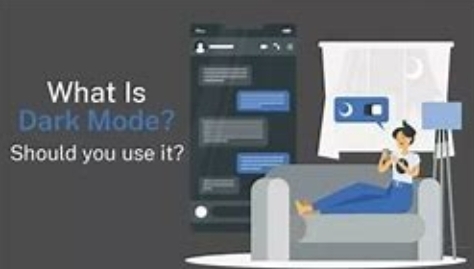
The Dark mode standardization feature has become increasingly popular across various platforms and applications. Recent years have seen an increase in the number of companies and developers who make the feature available for users.
In fact, it was reported by PhoneArena that iPhone users spend 50.18% less of their time using their devices while the Dark mode standardization feature was enabled.
Also, by 2021, reddit admins had reported that 83% percent of the users of the platform had activated dark mode and the number is still increasing.
Flurry Analytics also observed that the average daily usage of dark mode was 6.39 hours per user on smartphones by 2020.
In a small-scale survey, narola infotech discovered that 95% of users preferred dark mode.
The increase in the use of dark mode has continued to increase over time and these statistics are sound shreds of evidence supporting that.
YOU CAN ALSO : PROS AND CONS OF CYBERSECURITY ADVANCEMENT
Conclusion
Dark mode standardization has become very popular over the years. It is now the “cool kid” and developers are now incorporating the feature into their platforms and applications as it is in vogue now.
Although not everyone subscribes to the dark mode feature or is a fan of it, it is a widely popular app and most people make use of it recently.



